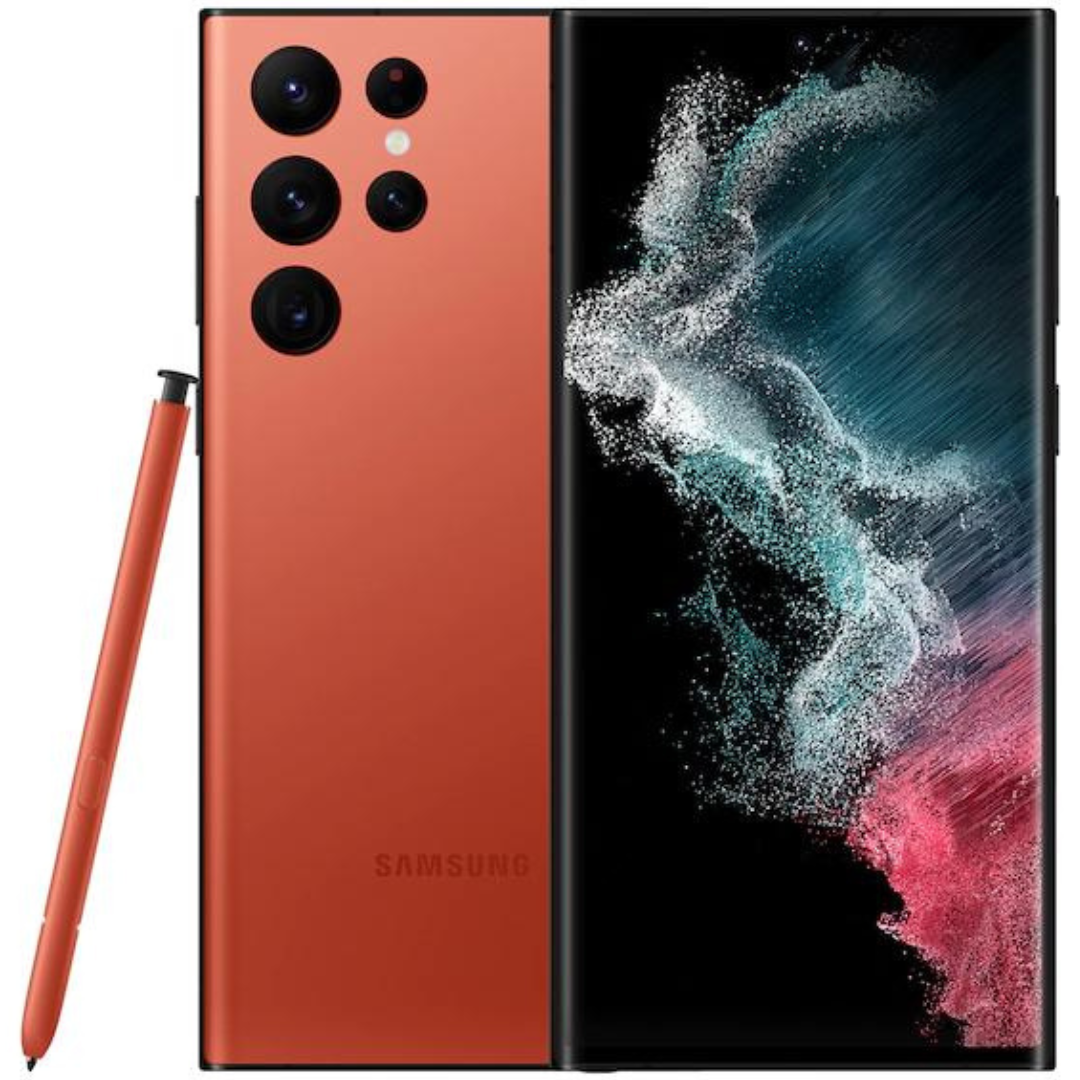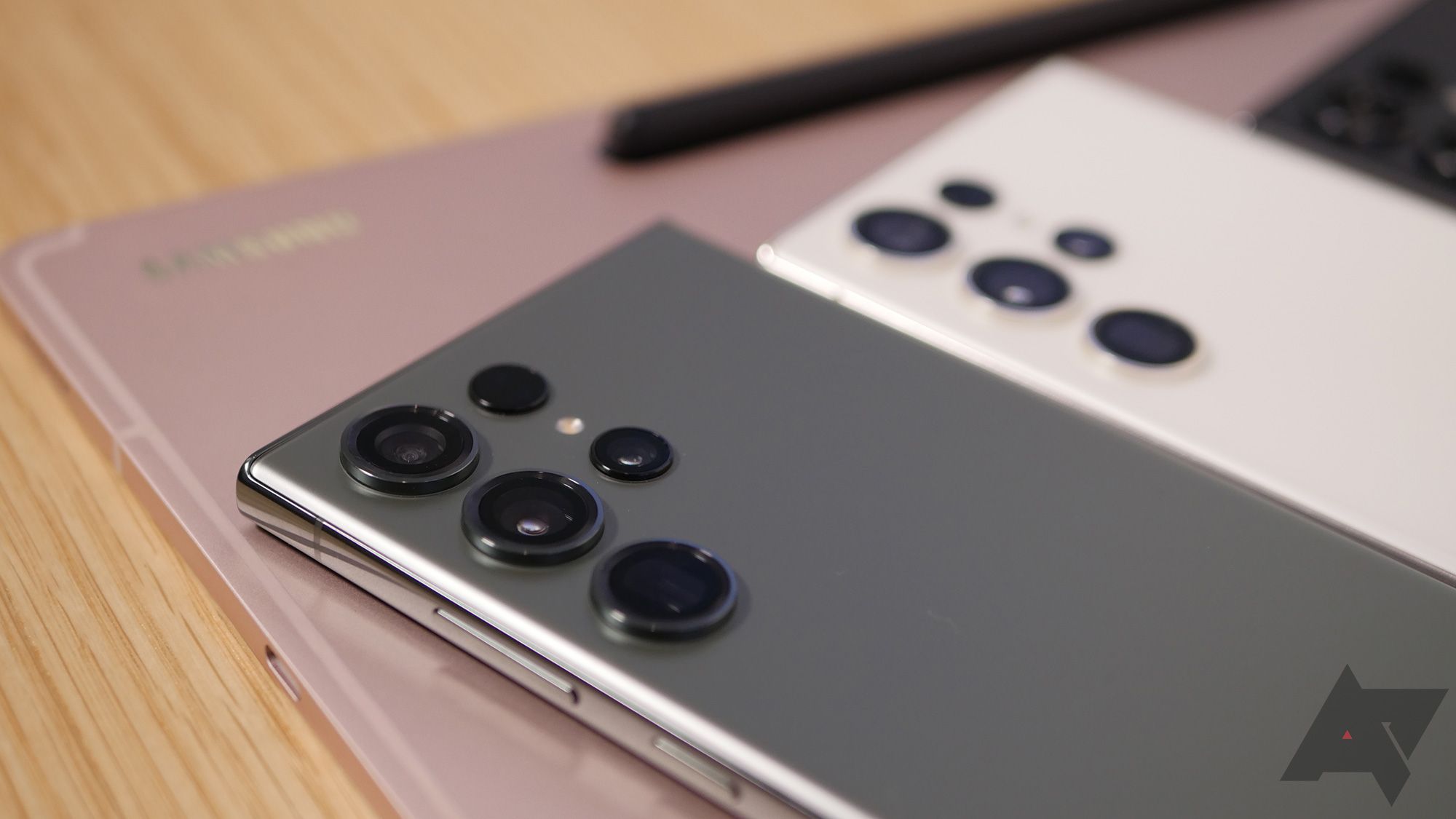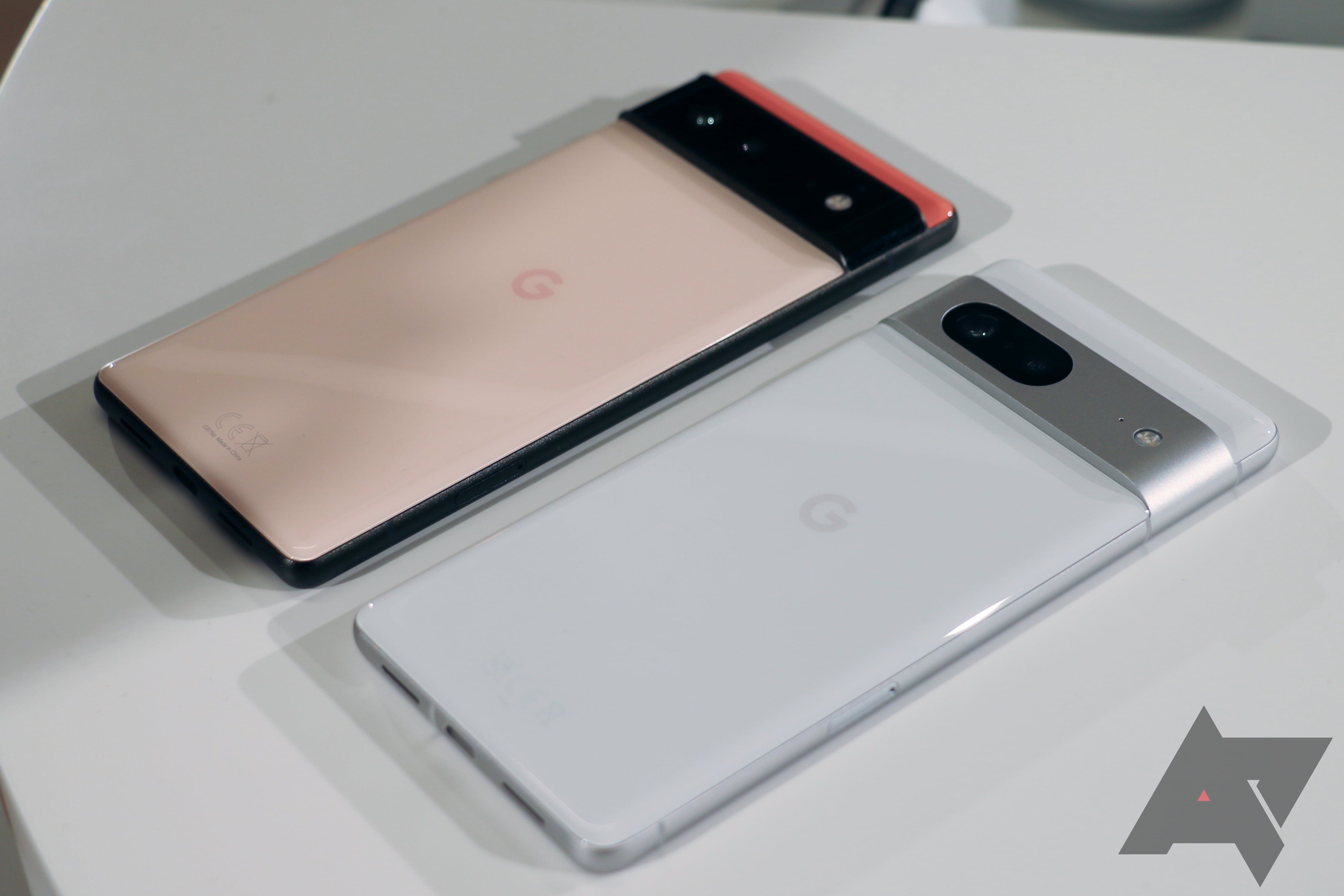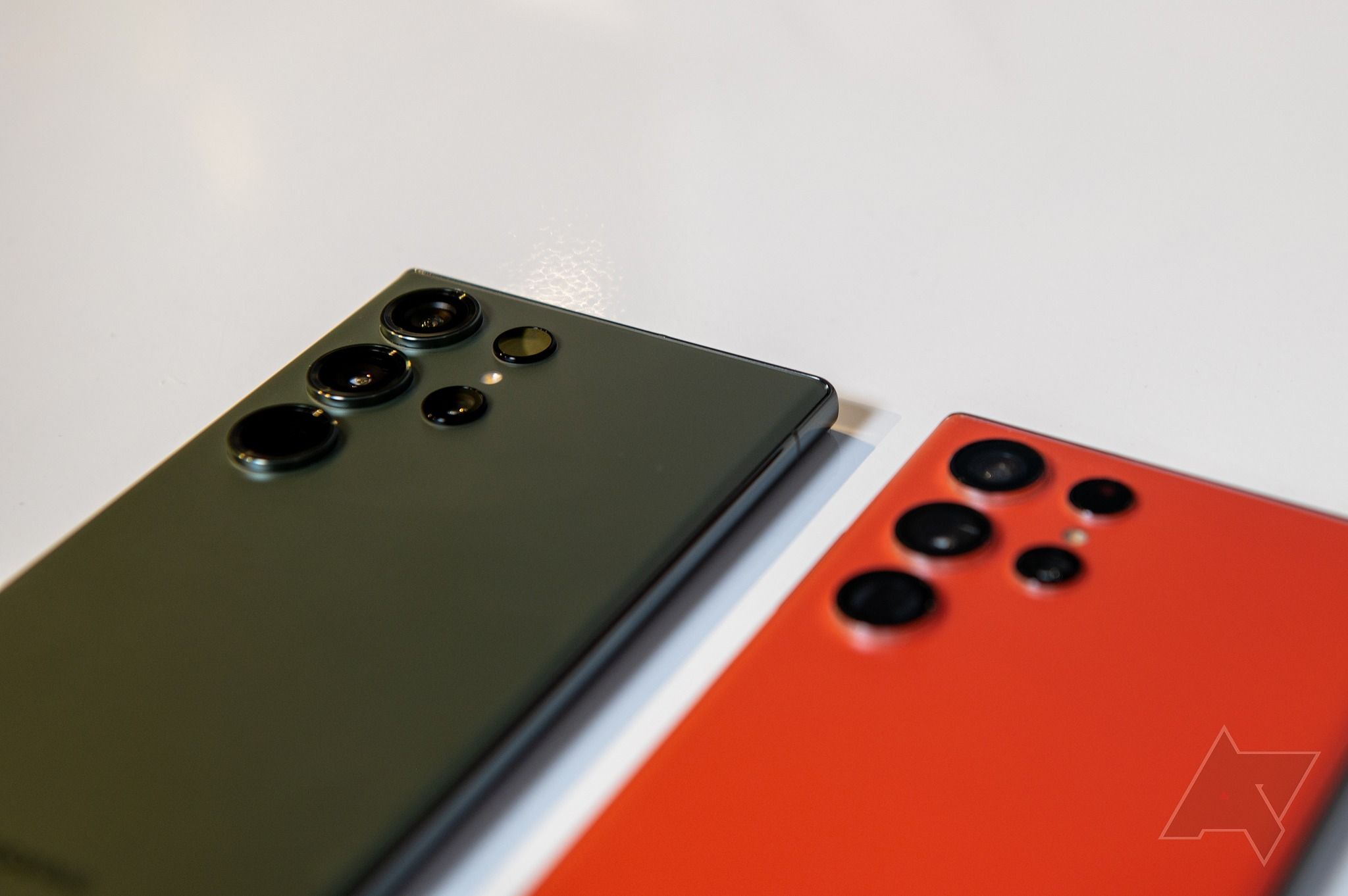It's been a little over a month now since the Samsung Galaxy S23 lineup was finally unpacked, and a few weeks since the first customers got their hands on early Galaxy S23 orders. Samsung's flashy event was videographed on Galaxy S23 hardware and saw Alien creator Ridley Scott endorsing the Galaxy S23 Ultra's new 200MP camera. While the whole thing was sure entertaining to watch, what struck me the most, and a feeling I haven't been able to shake off in the weeks since, is the sense that we've seen it all before (apart from that 200MP camera, anyway). The S23 lineup represents a purely iterative upgrade over its predecessors, with minor design changes and the usual hardware improvements being the only real highlights for what could still be some of the best phones of 2023.
When you think about it, Google didn't do anything different with the Google Pixel 7 series, either. The Google Pixel 7 Pro was also a mostly iterative device. It has essentially the same hardware, size, and design. Apart from the processor, which has also been upgraded on the S23 Ultra, nothing much has changed.
So why are the Pixel 7 and 7 Pro still perceived as bigger updates? There are a few reasons.
The Google Pixel 6 needed a lot of polish
The Google Pixel 6 represented a big shift in Google's approach to hardware. For the first time, the company took matters into its own hands and created a custom SoC called Google Tensor. It enables a few advanced features and gives Google more control over the hardware in its phones. Still, as a first-generation product, it wasn't without hiccups. Many owners have complained (and still complain) about thermal issues and, probably worse, about poor connectivity.
Following the launch and the initial reviews, more issues cropped up. People complained about Wi-Fi signal issues, random display freezes related to touch-input problems, a poor fingerprint scanner, auto-rotate not working, and more. Many of these problems could be solved with software updates that rolled out as part of the monthly security patches, but even these weren't on time for the bigger part of the Pixel 6 series. It seemed like Google was struggling with its Tensor processor, and all these problems combined left the Pixel 6 with a bad reputation.
The Pixel 6 and Pixel 7 are similar but noticeably different.
The Pixel 7 and 7 Pro were a direly needed update, eagerly awaited and anticipated. And Google delivered exactly what was needed. Rather than trying to reinvent the Pixel formula, it stuck with what it created with the Pixel 6 and refined it. The new Tensor chip in it doesn't get as hot as the first-generation SoC, the connectivity issues are largely resolved, and the fingerprint scanner is more reliable. In essence, the Pixel 7 is what the Pixel 6 should have been in the first place, and Google absolutely had to nail the experience before introducing too many new fancy features.
The Pixel 7 and 7 Pro managed to win us over almost because they were iterative updates. That's not to say that the Pixel 6 series was all bad. Google did a lot of things right with it, finally giving the Pixel lineup a unique design and introducing its long-rumored self-created chipsets. Those are impressive feats, and many Pixel 6 owners are still happy with their devices. But it's clear there was room for improvement.
All the Samsung Galaxy S23 had to add was refinement
We need to contrast all this with the place where the Samsung Galaxy S23 comes from. The Samsung Galaxy S22 series was highly regarded in the first place. That's particularly true for the Snapdragon variant sold in the U.S. and a few select markets. These devices were some of the most desirable on the market, even as they represented only a small design and feature upgrade over the S21 series. One could also argue that Samsung didn't change much between the S20 and the S21, though they're more easily told apart because of the redesigned camera bump.
With the Samsung Galaxy S23, the company pretty much played it safe. The biggest change is the new look for the cameras on the S23 and S23 Plus, which are now in line with the recent Ultra models. Rather than sitting in a camera bump that curves around the edge of the device, the lenses are individually protruding. But when you look at the S23's front, you're hard-pressed to notice any difference.
Spot the difference — Samsung Galaxy S22 Ultra vs. S23 Ultra
The lack of big year-over-year upgrades may be disappointing to tech enthusiasts, but Samsung doesn't have to bring exciting phones every year to win over its fans. Instead, the company can focus on iterating on its solid foundation, cementing its design language, and enticing customers with its reliability rather than its focus on being first to every new technology. It's fitting that Samsung decided not to add satellite connectivity to its S23 lineup, a capability Qualcomm claims the Snapdragon 8 Gen 2 inside the Samsung phone could easily offer.
The equation is different for the Samsung Galaxy S23
With phones becoming more of a commodity, it's clear that the Galaxy S23 isn't so much targeted at people who already own the S22 or even the S21. Instead, Samsung is keeping its design around because it knows enough people use older Samsung phones, which are now due for an update. The difference between the S21 and the S23 might not be all that striking, but when you're upgrading from a Galaxy S10 or even a Galaxy S9, the difference is night and day.

Samsung Galaxy S22 Ultra
The Samsung Galaxy S22 Ultra sports everything you'd expect in a 2022 flagship and an S Pen to boot. While it takes its design cues from 2020's Note 20 Ultra, it focuses on improvements to camera quality, battery life, and overall performance.



